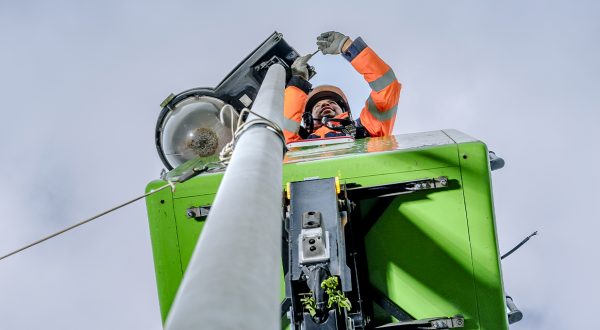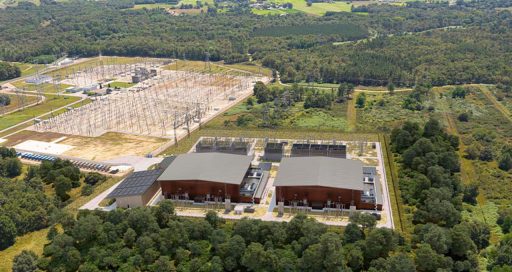Over the last 10 years, a number of pilot schemes in Europe have been seeking to maximise feedback on intelligent transport systems (ITS) with the aim of building a harmonised approach to the expansion of autonomous cars in the EU. How far has this come?
Intelligent transport systems bring together public and private partners: local authorities, road network managers, constructors, telecoms operators, universities and research centres.
The European Commission has been going all out in recent years to expand intelligent transport systems (ITS), whether by working on standardisation, funding research projects or building a regulatory framework. In doing so, it hopes to speed up the development of a harmonised industrial offering throughout Europe.
Indeed, several projects – either initiated, coordinated or funded by the EU – have emerged in France over the past decade. These support a number of objectives, such as enhancing road safety, improving the safety of road operating staff, making traffic management more effective and contributing to a reduction in emissions, and finally optimising infrastructure management costs.
The first cooperative ITS or C-ITS pilot project, named SCOOP (for “Système COOpératif Pilote”), was launched in 2014. Coordinated by the French Ministry for the Ecological Transition, the project, for which 50% of the funding was provided by the European Commission, focused on communication between connected vehicles on the one hand and between vehicles and road infrastructure on the other. It involved fitting sensors in vehicles in order to transmit data (on slippery road conditions, sudden braking or accidents for example) to other vehicles and the road operator by means of roadside units.
“The idea is to conduct further tests and increase collaboration so as to anticipate the systems that will be deployed across Europe in the future.”
Numerous public and private partners played a part in the project, including local authorities, road operators, car manufacturers, telecoms operators, universities and research centres. Equipment was installed throughout 2,000km of roads in 5 pilot areas (Greater Paris, the A4 motorway, the Isère department, the Bordeaux ring road and the Brittany ring road), with a target of 3,000 connected vehicles.
Foundations of an ITS strategy
The initiative came to an end in 2019, having produced mixed results. By definition, any ITS project requires a significant number of connected vehicles. “The SCOOP tests were probably hindered by a too modest deployment of connected cars,” says Emmanuel Jolly, head of Actemium Paris Transport. But SCOOP laid the foundations for a real ITS strategy. Other projects are under way, namely C-Roads, EasyWay, Datex II, EU EIP, InterCor and InDiD.
Each new initiative seeks to introduce new communication techniques, diversify the relays involved in the connection loop or adapt the scope.
“All of these projects are part of a process aimed at developing autonomous vehicles. The idea is to conduct further tests and observations, and to encourage collaboration between players in the sector. This will help anticipate the technical and functional developments and trends in the systems that will be deployed across Europe in the future,” stresses Jeremy Deville, director at VINCI Energies, who is involved in C-Roads France, which is France’s contribution to the European C-Roads Platform.
The interoperability challenge
However, there are quite a few barriers still to be overcome in this concerted drive to develop intelligent transport. From a regulatory point of view, Europe must define the specifications required for ITS compatibility, interoperability and continuity in the EU. As for France, the national strategy for the development of autonomous vehicles involves preparing a deployment plan for infrastructure connectivity that has yet to be implemented.
Choices will also have to be made regarding which communication technology to select at a time when car manufacturers are fighting to impose their own standards – without necessarily opting for the same technologies – and when competition from often innovative mobile applications is not insignificant.
The associated business models must also be defined. The deployment of roadside units, whose unit cost is estimated at €3,000 (for 2km of range), is raising a number of questions. Finally, the fact that the reliability of communications is not consistent across a large proportion of road networks represents a further obstacle.
17/11/2022





